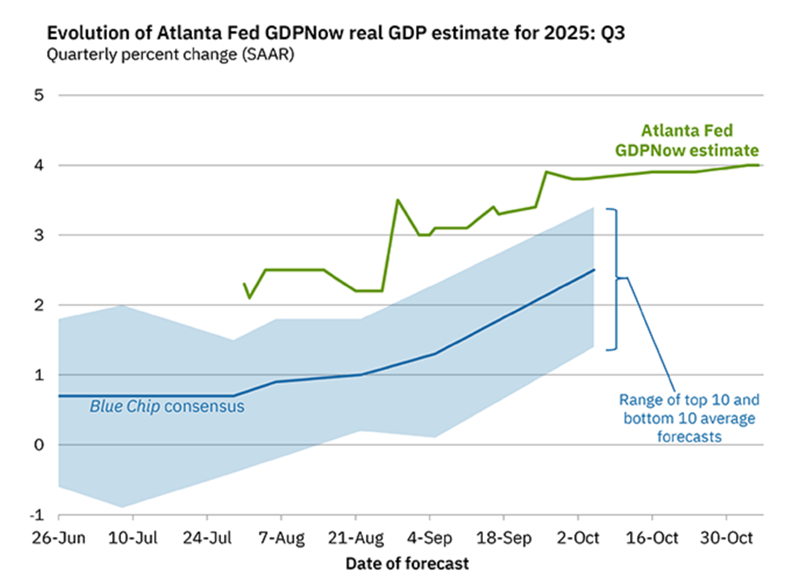Is your portfolio on track to yield 26% in 2026?
If not, why not?
Of course, most stocks and funds don’t pay 26% on their own. But it’s a quick fix to get many of them to.
This makes a big difference to our retirement goals: a 26% return on a million-dollar portfolio is $260,000 in cash flow per year! Without tapping the principal.
Or $130,000 in cash flow on $500K. You get the idea. With 26% coming in, it’s a lot easier to retire.
How can we boost our investment income like this? Let’s take boring ol’ SPY—SPDR S&P 500 ETF Trust (SPY)—as our first example.… Read more



Recent Comments